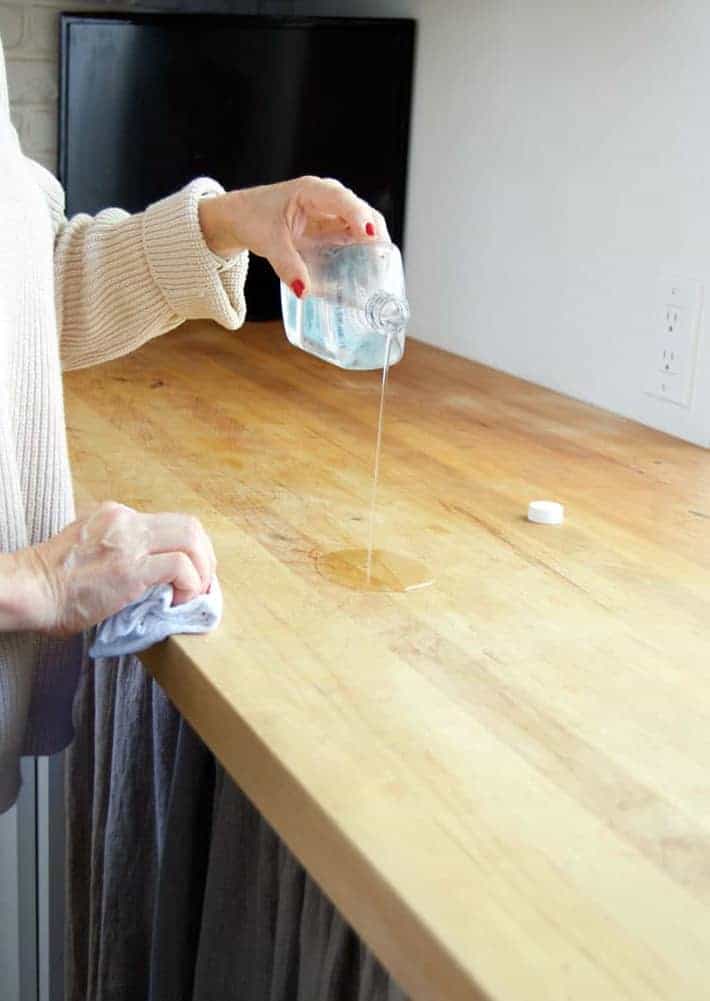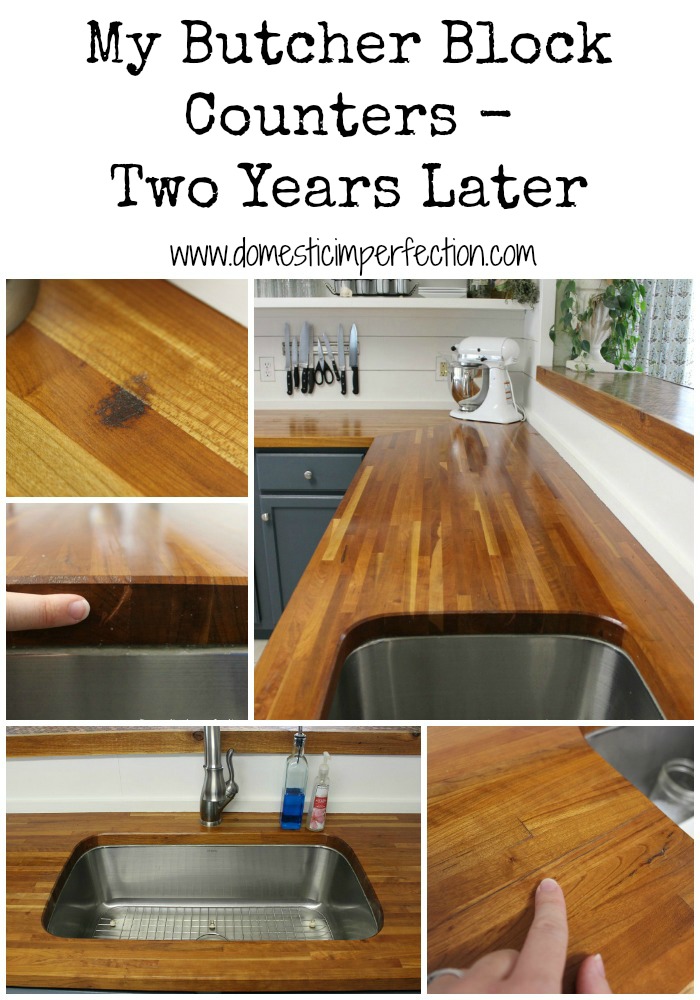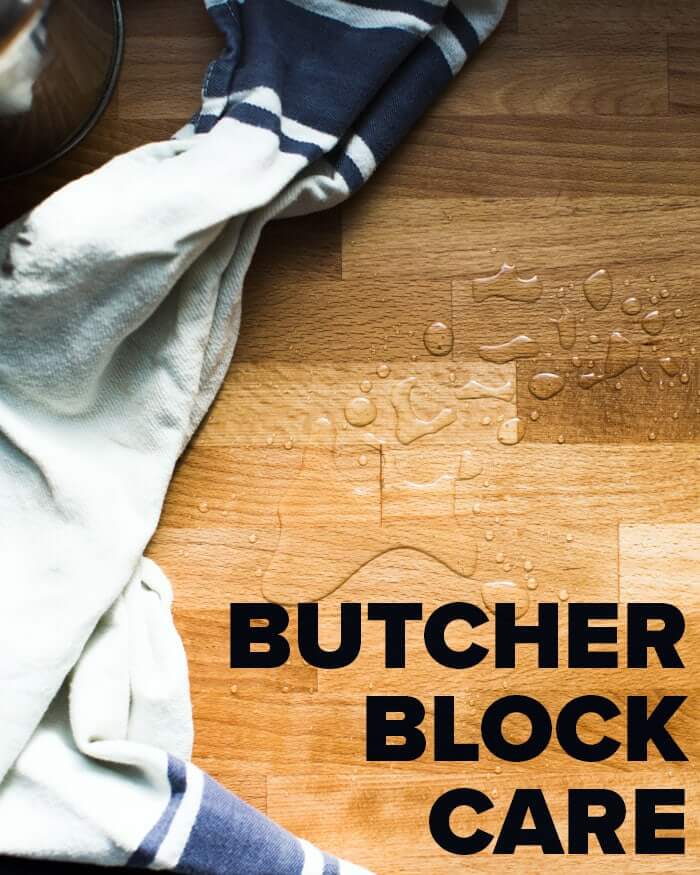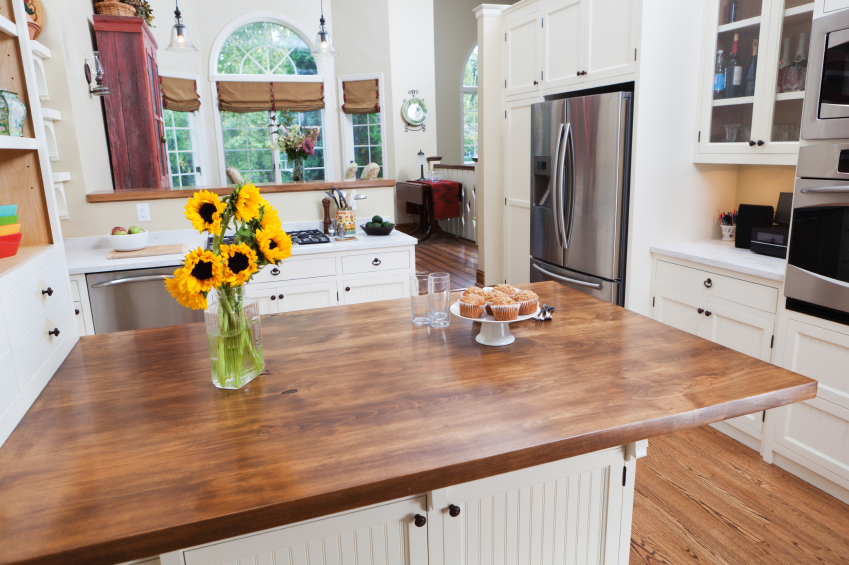Butcher block countertops are a beautiful and functional addition to any kitchen or bathroom. They offer a warm, rustic charm that complements both modern and traditional designs. However, they require a bit more care and maintenance compared to other countertop materials. If you’re considering butcher blocks for your home, it’s essential to understand how to keep them looking their best and performing well for years to come. Through my experience and research, I’ve learned that a little effort goes a long way in preserving their natural beauty.
One of the most important things you can do for your butcher block countertops is regular sealing. Since wood is porous, it can absorb water and stains, leading to damage over time. Food-safe mineral oil is a popular choice for sealing butcher block countertops because it penetrates the wood and creates a moisture-resistant barrier. When I first got my butcher block countertops, I made it a habit to apply mineral oil once a week for the first month and then monthly after that. This routine not only keeps the wood hydrated but also prevents cracks and warping.
Cleaning butcher block countertops is straightforward but requires some specific techniques. I avoid harsh chemical cleaners, as they can strip the protective oil layer or damage the wood. Instead, I use a simple solution of mild dish soap and warm water to clean the surface. After wiping it down, I always dry it thoroughly to prevent water from seeping into the wood. If I need to sanitize the countertop, I mix white vinegar and water in a spray bottle, which is an effective and natural disinfectant.
Stains and scratches are common concerns with butcher block countertops, but they’re surprisingly easy to address. For minor stains, I use a paste of baking soda and water, gently scrubbing the area with a soft cloth. Deeper stains or scratches may require sanding, which is one of the unique advantages of butcher block. Unlike stone or laminate, you can sand down imperfections and refinish the surface, making it look brand new again. I keep fine-grit sandpaper handy for such occasions, followed by reapplying mineral oil to restore its finish.

Heat damage is another consideration when caring for butcher block countertops. While wood can tolerate moderate heat, placing hot pots or pans directly on the surface can leave burn marks. To avoid this, I always use trivets or hot pads. Similarly, I’ve learned not to use the countertop as a cutting board. Although the name “butcher block” might suggest otherwise, chopping directly on the surface can leave deep grooves and wear down the finish. Using a separate cutting board protects the countertop and extends its lifespan.
One of the things I love most about butcher block countertops is their versatility in design. They can be stained, painted, or left natural depending on your preferences. If you opt for a stained finish, make sure to use a stain that’s safe for food contact. In my experience, darker stains are excellent at hiding imperfections, while natural finishes showcase the wood’s unique grain pattern.
Butcher block countertops also need protection from excess moisture, especially around sinks or other high-moisture areas. I installed silicone caulk around the edges where the countertop meets the sink to prevent water from seeping in. Additionally, I’m mindful of wiping up spills immediately, as prolonged exposure to water can cause swelling or discoloration. When I had a small water stain once, I used a hairdryer on a low setting to dry it out, followed by an application of oil.

When it comes to odors, butcher block countertops can sometimes absorb smells from food or cleaning products. To neutralize odors, I sprinkle the surface with coarse salt and rub it with a lemon cut in half. This not only freshens the surface but also has a mild abrasive action that helps lift stubborn stains. Rinsing and drying the countertop afterward leaves it clean and smelling great.
Another aspect of butcher block care is regular inspection. I check for any cracks or gaps that may develop over time, especially in high-use areas. Filling these with wood filler and sanding them smooth keeps the countertop in good condition. I also look for signs of mold or mildew, particularly around sink areas, as wood is susceptible to these issues if not properly maintained.
Proper lighting can also play a role in the care of butcher block countertops. Direct sunlight can cause fading or uneven discoloration over time, so I’ve added UV-blocking window films in my kitchen. This simple step helps preserve the wood’s rich color and prevents it from looking washed out.
If you’re considering adding butcher block to a bathroom, like I did in my guest bathroom, be extra cautious about humidity. Bathrooms tend to have higher moisture levels, which can be tough on wood. I installed a good-quality exhaust fan to keep humidity levels in check and chose a water-resistant finish for extra protection.

Butcher block countertops are a long-term investment, and with the right care, they can last decades. I’ve found that even as they age, their character only improves. Tiny imperfections, patina, and subtle color changes all contribute to their unique charm. Knowing this has made me appreciate the maintenance process, as it feels like I’m contributing to their story.
Over time, I’ve also realized the importance of having the right tools for maintenance. A soft cloth for oiling, a gentle scrub brush for cleaning, and fine-grit sandpaper for refinishing are all staples in my care routine. Investing in these tools makes maintenance easier and ensures that my countertops stay in top shape.
Ultimately, the care of butcher block countertops boils down to consistency and attentiveness. It’s not difficult, but it does require a commitment to regular maintenance. I’ve grown to enjoy the process because it allows me to connect with my home in a more personal way. Butcher block countertops aren’t just functional—they’re a statement of style and warmth, and the effort to maintain them is well worth it.

Common Mistakes to Avoid
One of the most common mistakes I see is neglecting to seal butcher block countertops regularly. Without sealing, the wood can quickly absorb water and develop stains or cracks. Another error is using abrasive or chemical-heavy cleaners, which can strip the finish and damage the wood. Over time, I’ve learned that simple, natural cleaning solutions are the best choice.
Many people mistakenly believe that butcher block countertops are maintenance-free. While they’re durable and beautiful, they do require consistent care to stay in good condition. Another common issue is allowing water to sit on the surface for too long. I always make sure to wipe up spills immediately, as standing water can lead to warping or mold growth.
Improper sanding is another pitfall. Using coarse sandpaper or applying uneven pressure can damage the surface and leave unsightly marks. It’s essential to use fine-grit sandpaper and sand gently in the direction of the wood grain. Lastly, placing hot items directly on the countertop or using it as a cutting board can lead to permanent damage, so it’s crucial to use protective tools like trivets and cutting boards.

How often should I oil butcher block countertops?
Oiling should be done once a week for the first month after installation and then monthly thereafter. This ensures the wood remains hydrated and protected from moisture. Regular oiling also enhances the wood’s natural beauty and prevents cracking.
Can butcher block countertops handle the heat?
While they can tolerate moderate heat, placing hot pots or pans directly on the surface is not advisable. Doing so can cause burn marks or discoloration. Always use a trivet or hot pad to protect the wood.
What’s the best cleaner for butcher block countertops?
Mild dish soap and warm water are ideal for everyday cleaning. For deeper sanitizing, a solution of white vinegar and water works well. Avoid harsh chemical cleaners, as they can damage the wood’s finish.

How do I remove stains from butcher block countertops?
Minor stains can often be removed with a baking soda paste. For deeper stains, sanding the area lightly with fine-grit sandpaper is effective. Afterward, reapply mineral oil to restore the surface.
Are butcher block countertops suitable for bathrooms?
Yes, but they require extra care due to high humidity levels. A water-resistant finish, proper sealing, and a good exhaust fan are essential for preventing water damage and mold growth.
Can I repair scratches and dents on butcher block countertops?
Yes, one of the advantages of a butcher block is that it can be sanded and refinished. Use fine-grit sandpaper to smooth out scratches or dents, then reapply oil or finish to restore the surface.

How to Care for Butcher Block Countertops Inexpensive kitchen

Related articles:
- Butcher Block Countertop For Kitchen Island
- Can You Paint Butcher Block Countertops
- Butcher Block Countertops With White Cabinets
- Pine Butcher Block Countertops
- Butcher Block Countertops Walnut
- Maple Butcher Block Countertops
- Care Of Butcher Block Countertop
- Butcher Block Countertops Maintenance
- Antique Butcher Block Countertops
- Butcher Block Countertop Sealing